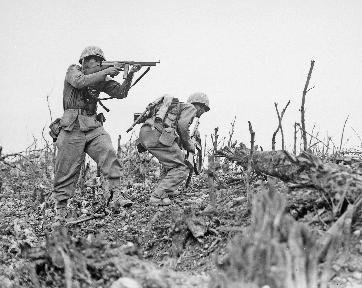Quiz Answer Key and Fun Facts
1. In 1943, following the defeat of the Afrika Korps in North Africa, the Allies turned their attention to Europe with a plan to invade Sicily. What name was given to this plan?
2. The inspiration for Operation Mincemeat came from what was known as the 'Trout Memo', a document written in 1939 listing a number of potential ideas for deceiving the enemy. Although issued in the name of Rear Admiral John Godfrey, the Director of Naval Intelligence, which British thriller writer is regarded as the document's author?
3. Lt Commander Ewen Montagu, the head of Naval Intelligence's counter-espionage section, was one of the major drivers of Operation Mincemeat. What was his profession before the start of the war?
4. The driving force behind Operation Mincemeat was the need to deceive the Germans that Sicily was not the planned target for invasion. Where did the plan seek to divert the attention of the German High Command?
5. The man chosen to play the part of Operation Mincemeat's courier, William Martin, was a vagrant who had been found dying in a warehouse in King's Cross. Where was he originally from?
6. When beginning to construct the life of William Martin, it was decided to make him an officer in which branch of the armed forces?
7. Part of the life that was devised for William Martin included a sweetheart, whose letters and photograph he carried with him. What was her name?
8. William Martin was tasked as a courier, carrying a three private letters. The main deception document was addressed to General Sir Harold Alexander, while Major Martin also carried a letter of introduction to Admiral of the Fleet Sir Andrew Cunningham. Who was the third letter addressed to?
9. Although William Martin was to be the victim of an air crash, he was instead transported to his destination aboard which submarine?
10. On 30 April 1943, William Martin finally reached his ultimate destination, when his body was picked up by a fisherman off the coast of which Spanish port city?
Source: Author
Red_John
This quiz was reviewed by FunTrivia editor
gtho4 before going online.
Any errors found in FunTrivia content are routinely corrected through our feedback system.
